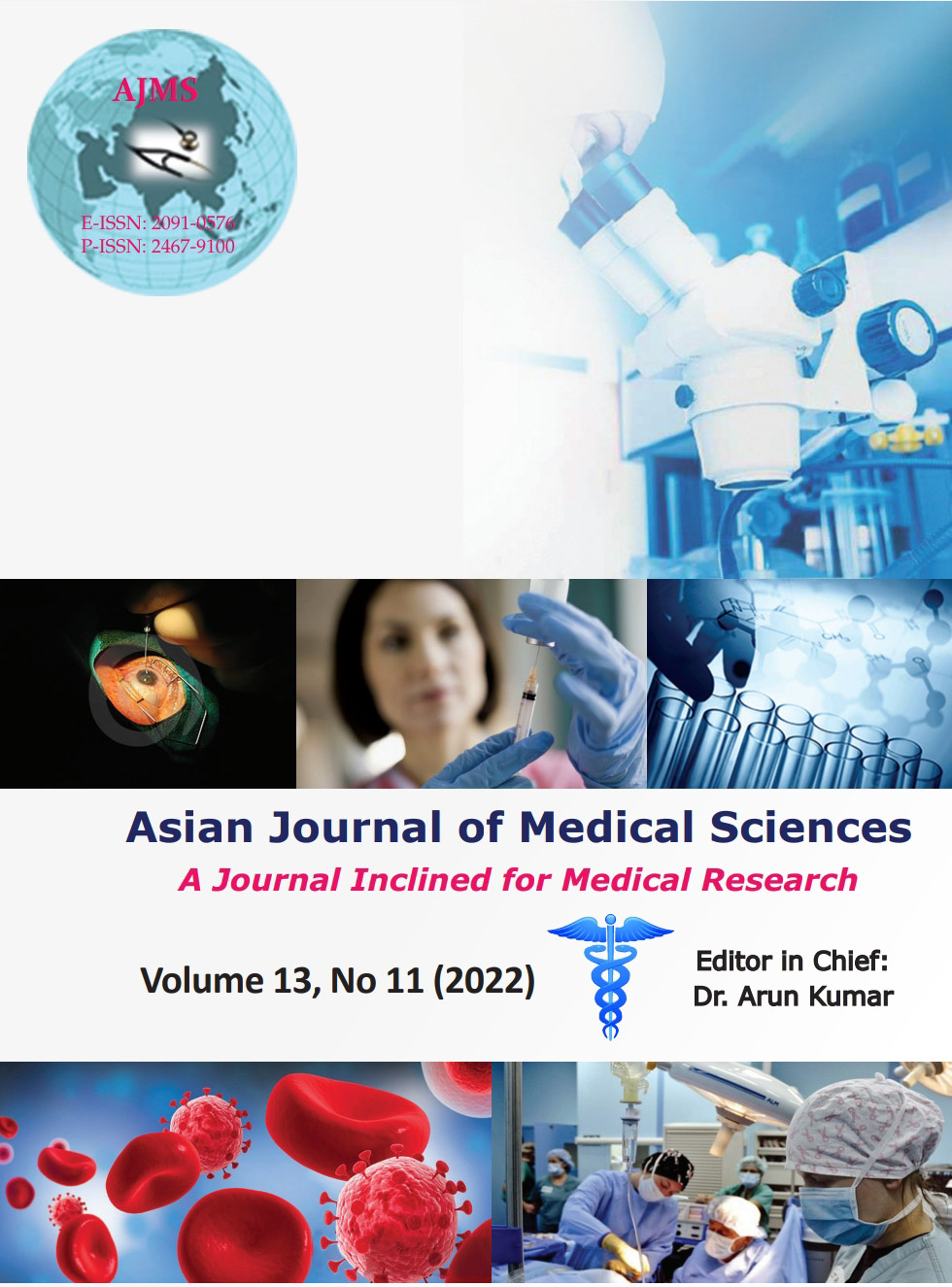Efficacy of topical application of insulin versus platelet rich plasma versus normal saline dressings in the healing of diabetic foot ulcers: A study from a tertiary care center in India
Keywords:
Diabetic foot ulcers; Normal Saline; Platelet rich plasma; Insulin; Wound healingAbstract
Background: Diabetic foot ulcers (DFU) are one of the major complications of diabetes. Despite proper insulin treatment and a strict diabetic diet, 15% of diabetic population develop non-healing ulcers which leads to amputation of the lower limb. Wound dressings represent a part of the management of diabetic foot ulceration. Normal saline (0.9%) wound dressings have been a useful adjunct in the treatment of open wounds. Topical insulin dressing improves wound healing by regulating oxidative and inflammatory responses. PRP dressing has emerged as an adjunctive and newer method for treating DFUs. Hence, the present study was undertaken to compare the effect of topical insulin, platelet-rich plasma (PRP), and normal saline dressing in healing of DFU.
Aims and Objectives: The aim of the study was to study the comparison between topical application of insulin versus PRP versus regular normal saline dressing in healing of DFU.
Materials and Methods: It is a duration based prospective comparative study including 60 patients divided equally into normal saline dressing group, topical insulin dressing group and PRP dressing group after they fulfilled all the inclusion and exclusion criteria and after obtaining the proper informed and written consent from relatives/patients. Ulcers at days 0, 7 and 14 in terms of size, depth and percentage reduction in area of wound were analyzed.
Results: The mean ulcer size at day 14 in normal saline was 4.19±0.95, in Insulin 2.64±0.83 while 2.08±0.47 in PRP group. The mean ulcer depth at day 14 in normal saline was 5.35±1.18, in insulin 4.30±1.38 while 2.35±1.42 (mm) in PRP group, percentage reduction of mean ulcer size in normal saline was 27.02±4.46, in insulin 50.31±7.53 and 63.80±5.75% in PRP group.
Conclusion: PRP appears to be a promising agent in terms of faster wound healing, more significant reduction in the size of DFU as compared to topical insulin and other conventional dressings.
Downloads
Downloads
Published
How to Cite
Issue
Section
License
Copyright (c) 2022 Asian Journal of Medical Sciences

This work is licensed under a Creative Commons Attribution-NonCommercial 4.0 International License.
Authors who publish with this journal agree to the following terms:
- The journal holds copyright and publishes the work under a Creative Commons CC-BY-NC license that permits use, distribution and reprduction in any medium, provided the original work is properly cited and is not used for commercial purposes. The journal should be recognised as the original publisher of this work.
- Authors are able to enter into separate, additional contractual arrangements for the non-exclusive distribution of the journal's published version of the work (e.g., post it to an institutional repository or publish it in a book), with an acknowledgement of its initial publication in this journal.
- Authors are permitted and encouraged to post their work online (e.g., in institutional repositories or on their website) prior to and during the submission process, as it can lead to productive exchanges, as well as earlier and greater citation of published work (See The Effect of Open Access).




